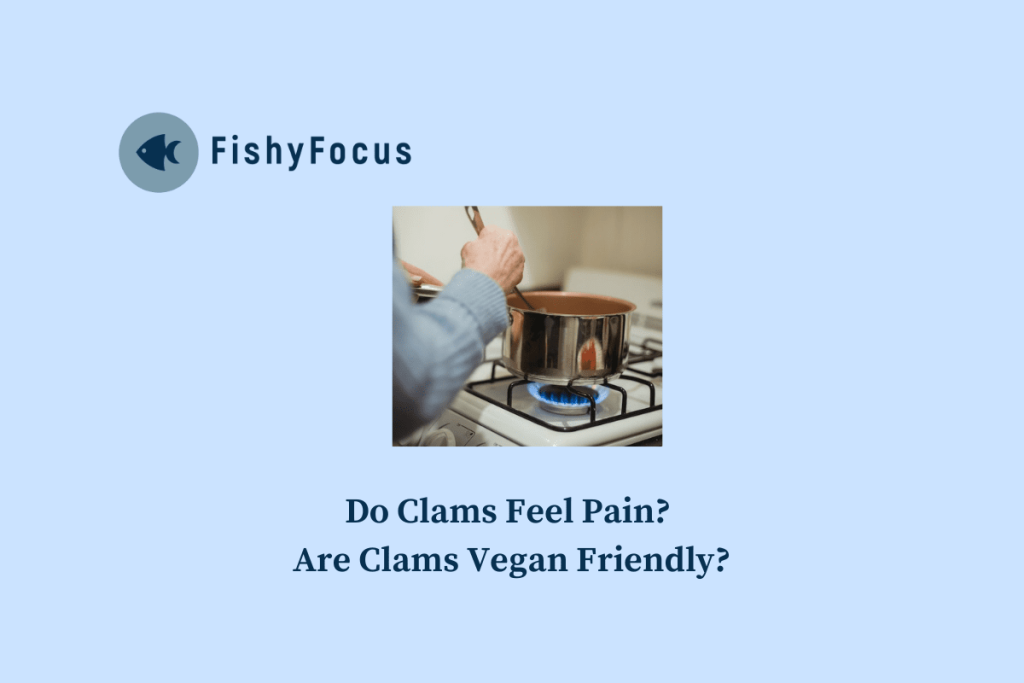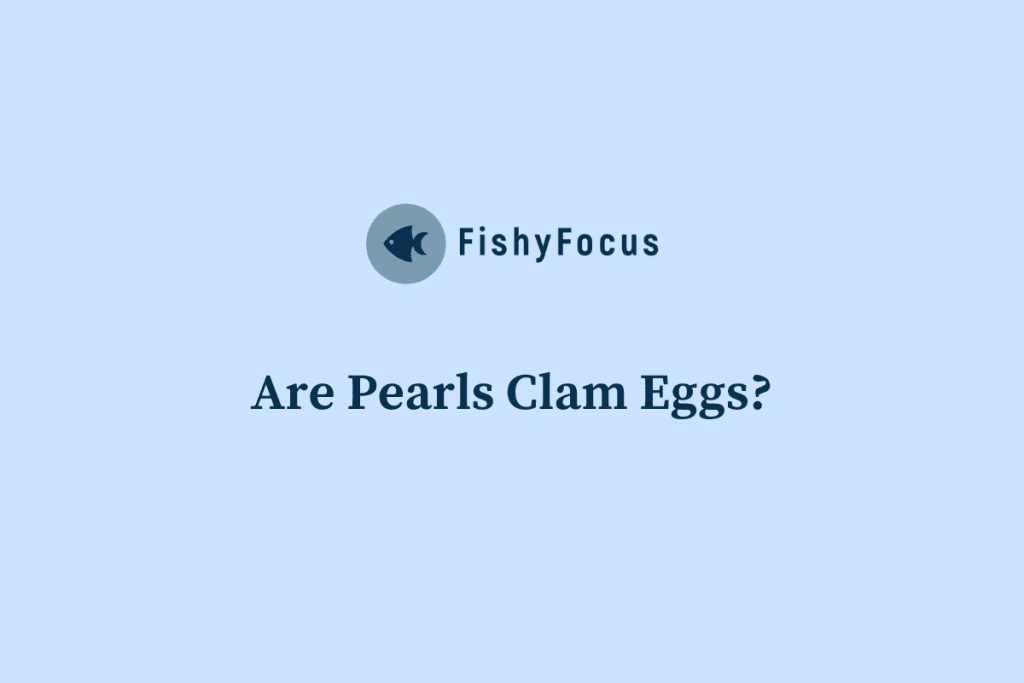Clams may seem like simple, shelled sea creatures that make for delicious cuisine and occasionally produce pearls. What’s less known is that there are hundreds of different clams, many of which share the same anatomical features.
Table of Contents
- Are Clams Vertebrates or Invertebrates?
- Do Clams Have Bones?
- Do Clams Have Hearts?
- Do Clams Have Brains?
- Do Clams Have Eyes/Eyeballs?
- Do Clams Have Gender?
- Do Clams Have DNA?
- Do Clams Have Gills?
- Do Clams Have Feet?
- Do Clams Have Teeth/Radula?
- Do Clams Have a Complete Digestive System?
- Do Clams Have Nervous Systems?
- Do Clams Have Lungs?
- Do Clams Have a Mouth?
- Do Clams Have Exoskeletons?
- Do Clams Have Respiratory Organs?
- Do Clams Have Muscles?
- Do Clams Have Tentacles?
- Do Clams Have Testicles?
- Do Clams Have a Tongue?
- Do Clams Have a Tail?
- Do Clams Have Aortic Arches?
- Do Clams Have a Coelom?
- Do Clams Have Radial Symmetry?
- Do Clams Lay Eggs or Give Birth?
- Are Clams Born in Shells?
- Do Clams Have to Open All the Way?
- Conclusion
Are Clams Vertebrates or Invertebrates?
Clams are invertebrates that are made up of two shells; some have harder shells while others have soft shells. Clams are made up of two shells that meet together at a hinge, which is why they are referred to as bivalves.
Do Clams Have Bones?
Since clams are invertebrates, they don’t have a backbone or any bones for that matter. Instead of bones, clams form a shell out of calcium carbonate that helps them keep all of their vital organs and body parts protected.
Do Clams Have Hearts?
Clams have very small hearts that are located close to their gills. Their hearts are in place to help move oxygenated blood throughout their bodies. A clam’s heart is a pretty simple mechanism compared to other sea creatures’ hearts. However, this small organ is strong, which is evident in the lifespan of many types of clams.
Do Clams Have Brains?
One of the most fascinating facts about clams is that they don’t have a brain. What’s remarkable is that, despite this, they seem to operate fairly intelligently. Clams manage to have instincts to help preserve themselves, such as burrowing into sand or mud to stay hidden, and they also manage to reproduce at fairly decent rates.
Do Clams Have Eyes/Eyeballs?
Most clams don’t have any eyes or eyeballs. Some have very small eyes that don’t help them see but help them detect light changes. These eyes are usually located around the rim of the shell. Some clams will have several very tiny eyes that line their shells, but those eyes aren’t able to see anything other than light.
Do Clams Have Gender?
Clams do have gender and are one of a few animals that are often found, intersex. This means that some clams are born with both female and male reproductive features. Furthermore, some clams have the ability to switch genders, which they might do for reproductive purposes. For instance, a male clam might change to a female in order to add to the population of clams in their habitat.
Do Clams Have DNA?
Clams do contain their own DNA and their DNA has been fascinating scientists for some time. Given that some types of clams are able to live for hundreds of years, there’s no surprise that there’s a lot to learn from extracting DNA from clams when possible.
Do Clams Have Gills?
Clams have gills that allow them to take in oxygen. Their gills also help them eat by way of bringing water-containing food into their bodies. Clams eat small food particles and algae that they scrounge up from their environment through their gills or their siphon.
Do Clams Have Feet?
Clams have a foot that they use to help them burrow into substrate, sand, or mud. For many types of clams, their feet only make an appearance when they’re actively digging themselves into a burrow. Some clams have feet that typically hang outside of their shells.
Do Clams Have Teeth/Radula?
Almost all types of clams have no teeth. However, the Asian clam actually has two teeth; one on either side of its hinge. Clams also don’t have radula as they have no need for them. Instead, their organs help them break down food to digest it.
Do Clams Have a Complete Digestive System?
Clams don’t have a complete digestive system, but they do have an incomplete one. A typical clam’s digestive system includes an opening to bring in food, a stomach, and kidneys to break down food, the tissue that mimics a liver, and an anus to eliminate waste.
Do Clams Have Nervous Systems?
Clams do have their own type of nervous system, though it doesn’t function similarly to other animals. Since clams don’t have brains, it’s likely that their nervous system simply helps them react to their surroundings for survival purposes only.
Do Clams Have Lungs?
Clams don’t have lungs, and instead, use their gills to breathe. A clam’s gills are pretty large and, together with their siphons, they get the right amount of oxygenated water they need to bring in good air and release unneeded air.
Do Clams Have a Mouth?
Clams do have mouths, but they don’t use their mouth to eat food or bite. The mouth is located right by the anus and foot and is used to filter food brought in by gills and siphons.
Do Clams Have Exoskeletons?
A clam’s shell mimics an exoskeleton, but it wouldn’t be anatomically correct to consider their shells as such. Their shell does offer a similar function to an exoskeleton in that they are a hard outer layer that offers clams safety and shelter.
Do Clams Have Respiratory Organs?
A clam’s respiratory system consists of its gills instead of lungs. Their gills help them both inhale and exhale oxygen serving other important functions.
Do Clams Have Muscles?
Clams have very strong muscles that are located at either end of the shell called adductors. These muscles help clams open and close. The foot of a clam is also a muscle and even though it’s very small, it packs a very powerful punch.
Do Clams Have Tentacles?
Some clams have tentacles near their head that they use to move around and understand their environment. Since clams don’t have a vision or a sense of smell, these tentacles can help them move around along with their feet.
Do Clams Have Testicles?
Male clams or hermaphroditic clams have testicles that store their sperm cells. The testicles are located in a clam’s gonads, which can be found near a clam’s digestive system.
Do Clams Have a Tongue?
Clams don’t actually have tongues despite popular belief. Some might mistake their foot for a tongue since many clam feet look like a human tongue.
Do Clams Have a Tail?
Clams have tails on their shells that protect their siphon, which is a very crucial part of their anatomy. The siphon allows for clams to eat. They feed by suctioning water into their siphon and they sustain themselves off of food particles and algae in the water.
Do Clams Have Aortic Arches?
A clam’s heart doesn’t have an aortic arch. The heart is a very small part of the clam’s internal organs that, while important to their physiology, doesn’t need to work as hard as a human’s heart does. The clam heart has two auricles and one ventricle.
Do Clams Have a Coelom?
Clams have a coelom that encapsulates their organs and helps to keep them safe and protected. Within the coelom are fluid and muscles that add to that barrier.
Do Clams Have Radial Symmetry?
Clams do not have radial symmetry; instead, they have bilateral symmetry. This symmetry can be seen where a clam meets at the hinges, as one side of a clam’s inner shell mirrors the other side.
Do Clams Lay Eggs or Give Birth?
Female clams produce eggs that get fertilized by male sperm. There are two ways that eggs can become fertilized. One method clams use to reproduce involves a male clam releasing its sperm into the water.
Afterward, a female clam’s siphon will draw it inside its shell to fertilize the eggs. The eggs, once fertilized, are released back into the water. Other types of clams will release eggs into the water before fertilization occurs.
Are Clams Born in Shells?
Clams aren’t born with shells; their shells form as they evolve from their larvae stage. A clam’s shell grows stronger and larger as they grow older and as a result, a clam’s shell contains a lot of very important information.
Rings of calcium carbonate form on a shell over time and can be used to determine a clam’s age. Their shells can also help communicate signs of pollution and environmental damage that may be threatening their current habitat.
Do Clams Have to Open All the Way?
Clams should be able to open and close as they see fit, and you can tell a lot about a clam’s condition by the way it opens and closes. Clams that are open all the way are usually dead; this is also how you can tell a prepared clam is cooked thoroughly.
When clam digging or preparing clams for cooking, one of the ways to test their suitability is to try and close their shell. If a clam’s shell refuses to close, that usually means it’s not safe to eat as there’s likely something wrong with it. A simple tap is all you should need to close a clam’s shell when it’s slightly opened.
Conclusion
It’s evident that clams in and of themselves are very distinct sea creatures with a fascinating biological makeup. Most types of clams have their own features that set them apart from other clams, and they come in many size and color variations. Each part of a clam’s anatomy plays an important role in the clam’s survival.


